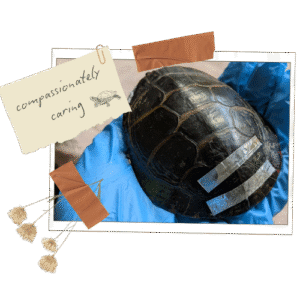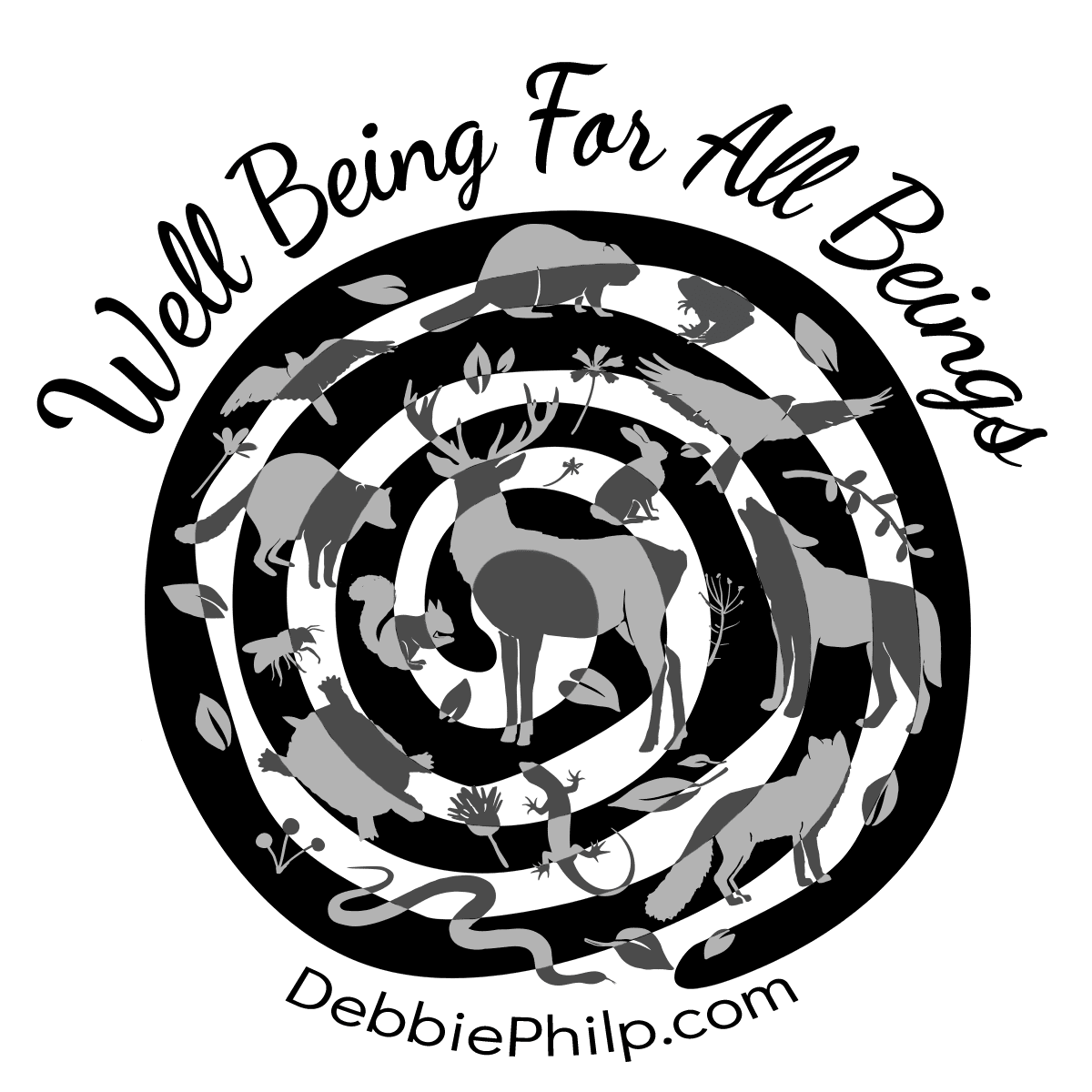When I made my vows of ministry at the end of seminary, I chose my words carefully. You may have seen my previous post where I explained that I was putting my hands and my heart into the work. What my work would be came next. I said I vowed to “compassionately care for the Earth.” I was making a commitment to not just care for the Earth, but to care compassionately.
Compassion is a tough word, not to be thrown around lightly, especially in a vow. It comes from the Latin passion (“to suffer”) and com- (together with). Basically, compassion means “to suffer with.” Merriam-Webster notes that, in its usage, compassion is differentiated from empathy, feeling another’s feelings, which sounds like “suffer with,” because compassion also implies a desire to do something about the suffering. So, I am bearing this with you, and I intend to try to make it better.
 Caring for the Earth is a broad statement, intentionally so, which encircles the aspects of my ministry, including wildlife rehabilitation, practicing and teaching shamanic energy work, and speaking to, hopefully, inspire others to take up the caring, too. Care could be anything from watering my houseplants to bandaging an injured turtle’s shell to hugging a friend. The qualifier of “compassionately” says, I think, something about intention.
Caring for the Earth is a broad statement, intentionally so, which encircles the aspects of my ministry, including wildlife rehabilitation, practicing and teaching shamanic energy work, and speaking to, hopefully, inspire others to take up the caring, too. Care could be anything from watering my houseplants to bandaging an injured turtle’s shell to hugging a friend. The qualifier of “compassionately” says, I think, something about intention.
It is difficult for wildlife rehabilitators to do their work without some detachment. I would be emotionally overwhelmed if I truly moved into the pain and fear I know every injured turtle is feeling. I do let the suffering hang at the edge of my awareness, though, as I undertake care. “I sense your pain,” I might silently say to my patient, “and this needle prick will cause more, for a moment, but the medicine will ease it shortly.” Or, when the injury is so severe that the pain will never leave, I can enlist a veterinary professional to bring suffering to an end.
When I open my heart to suffering with a turtle, I also recognize that she is scrabbling around inside a box not because her injuries are not as bad as they seem or because she does not feel pain, but because the fear she feels is greater than the pain. Unfortunately, I sometimes must perpetuate that fear while I, as quickly as I can, stabilize broken shell pieces and treat pain and dehydration. Once those are done, I try to relieve the fear-related suffering by giving her a soft, dark, safe place to rest. In this case, compassion makes wildlife rehabilitation harder, because the desire to fix what is causing pain may be at odds with the desire to alleviate fear. There is a moment with every new patient when I have to say, ‘I’ve done enough for now,” and leave the turtle in a covered tub. Most turtles come to trust me, slowly, but before then there are times when I have to bring the fear back to tend to injuries.
Working with turtles in this way has taught me about compassionate approaches to the myriad issues that impact the Earth. Those include recognizing my own fear and giving myself permission to retreat from fixing problems for a bit. Through my work, the Earth and I are learning to trust each other. I am listening when the Earth says, “There is something greater than this injury you are trying to heal. It is okay to take a break.”
Compassionately caring for the Earth means being with all the layers and kinds of suffering and desiring to address it all. But it also means honoring my own pain and fear and providing self-care. As I look back on another year’s turtle rehabilitation season, I see that my compassionate care is still a work in progress. I continue, though, as I recite my personal vows of ministry every morning, to uphold my commitment to, at least, keep trying.
